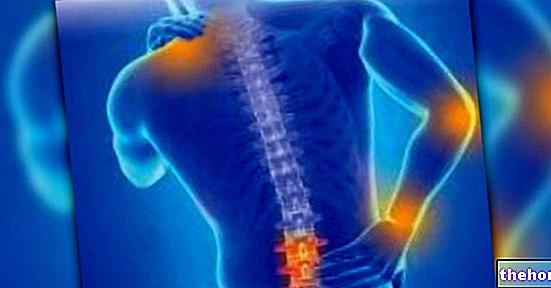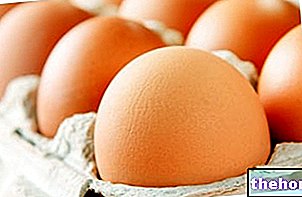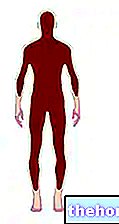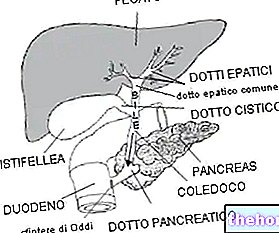The brain needs sugars: neurons work almost exclusively on glucose, so it is necessary to ensure a continuous supply of this sugar. The brain consumes about 120 g of glucose per day, while the daily requirement of the whole organism amounts to about 200 g.
In our body about 100 g of glucose are stored in the form of glycogen in the liver, another 5-10 g are found in biological fluids, while about 200-300 g are stored in the muscle, always in the form of glycogen. To ensure the continuity of glucose supply to the tissues that need it, a strategy is used that converts the less mobile molecules into glucose: gluconeogenesis.
Gluconeogenesis is the process of synthesis of glucose starting from non-carbohydrate precursors:
- lactic acid: produced by anaerobic glycolysis
- amino acids *: deriving from the diet or from the degradation of structural proteins
- glycerol: obtained from the hydrolysis of triglycerides
Gluconeogenesis is essential to ensure an adequate supply of glucose to insulin-independent tissues (brain, red blood cells and muscles during intense physical exercise).
Gluconeogenesis, which takes place in many tissues and in particular in the liver, becomes essential during fasting, when the body's carbohydrate reserves are exhausted.
* Of the various gluconeogenetic amino acids (including glutamic and aspartic acids, alanine, cysteine, glycine, proline, serine, threonine), alanine released from skeletal muscle plays a predominant role (see glucose-alanine cycle).
Gluconeogenesis starts from pyruvate and is largely the reverse of glycolysis.
The brain:
- under normal conditions, it uses only glucose;
- in the case of prolonged fasting (2-3 days) it increasingly exploits the energetic properties of the ketone bodies;
- when you have an immediate fast (between meals), after having exhausted the carbohydrate reserves, it uses the glucose deriving from the amino acids obtained from the hydrolysis of structural proteins: the protease enzymes degrade the proteins to amino acids which then, by the action of enzymes transaminases, are transformed into alpha-keto acids, in turn used to replace glucose (see amino acid degradation).
Gluconeogenesis is the sole responsibility of the liver (it also occurs to a lesser extent in the kidneys + and in the intestine); here, through gluconeogenesis, glucose is obtained which will be transported to the various tissues until it reaches the brain.
Seven out of ten reactions of glycolysis occur in the opposite direction to gluconeogenesis; if gluconeogenesis were the exact inverse of glycolysis, at each stage, it would be necessary to supply energy. Therefore, three reactions of glycolysis cannot be exploited (for energy reasons) in gluconeogenesis; instead of these three reactions, other reactions are exploited with different substrates, products and enzymes.
The reaction that leads from glucose 6-phosphate to glucose is catalyzed by a phosphatase instead of a kinase; the transition from fructose 1,6-bisphosphate to fructose 6-phosphate is also catalyzed by a phosphatase rather than a kinase.
The third reaction that differs from glycolysis is that which leads to the formation of phosphoenolpyrivate from pyruvate; this happens through the pyruvate carboxylase, which uses a carbon dioxide molecule to lengthen the carbon chain, and by means of the phosphoenolpyruvate carboxykinase (the energy for this process is provided by the GTP).
Suppose you are exercising and are away from meals, you need to activate glucose metabolism to produce energy. If the blood glucose is less than 5 mM then the glucose requirement signal is realized: the α cells of the pancreas release a hormone (it is a small dipeptide) the glucagon which, through the blood, reaches the hepatocytes (liver); here the gluconeogenetic pathway is activated and glycolysis is blocked. The newly formed glucose will be released into the circulation and conveyed above all to red blood cells, nervous system and muscle tissue. See also: carbohydrates and hypoglycemia.
















.jpg)











